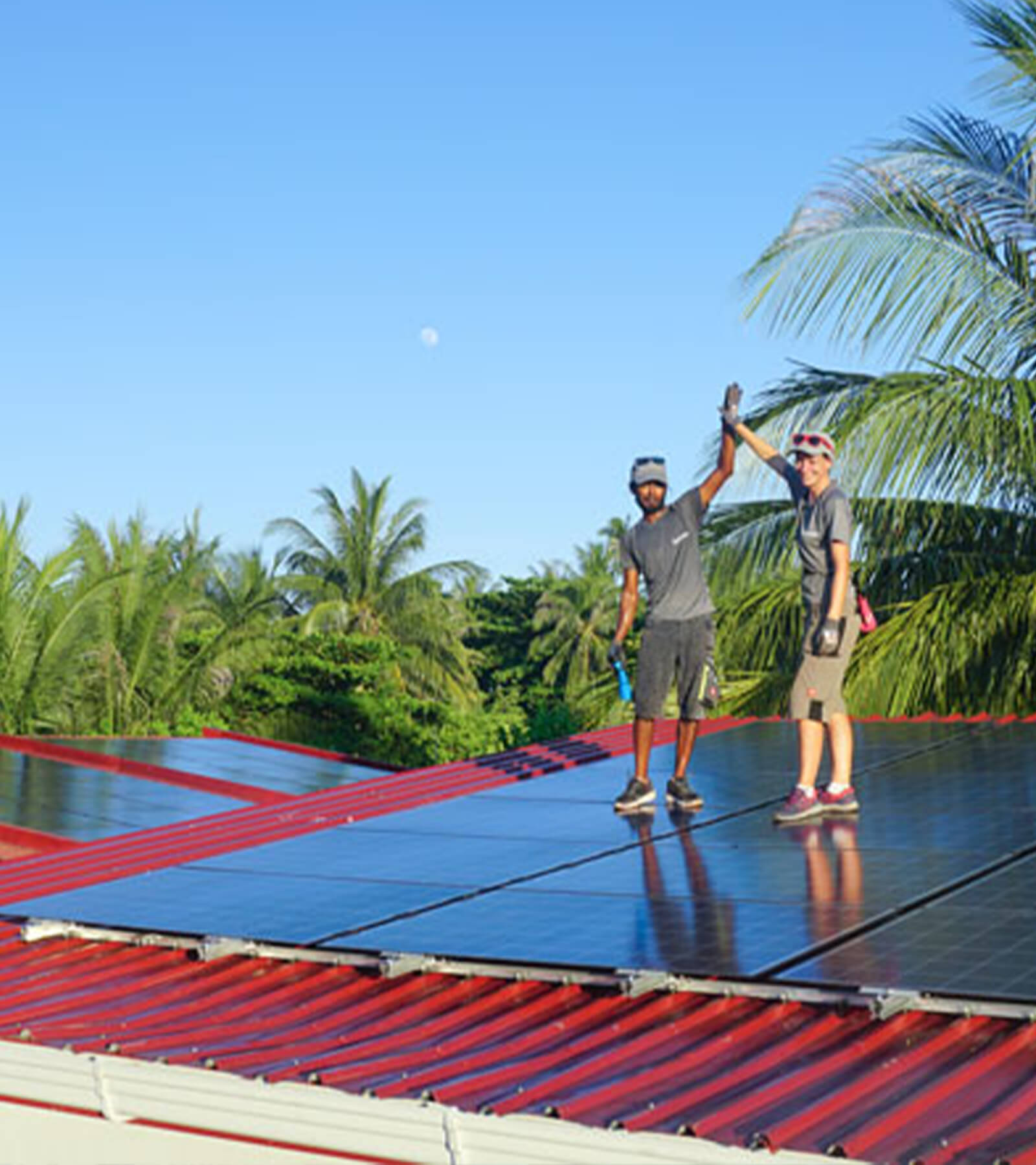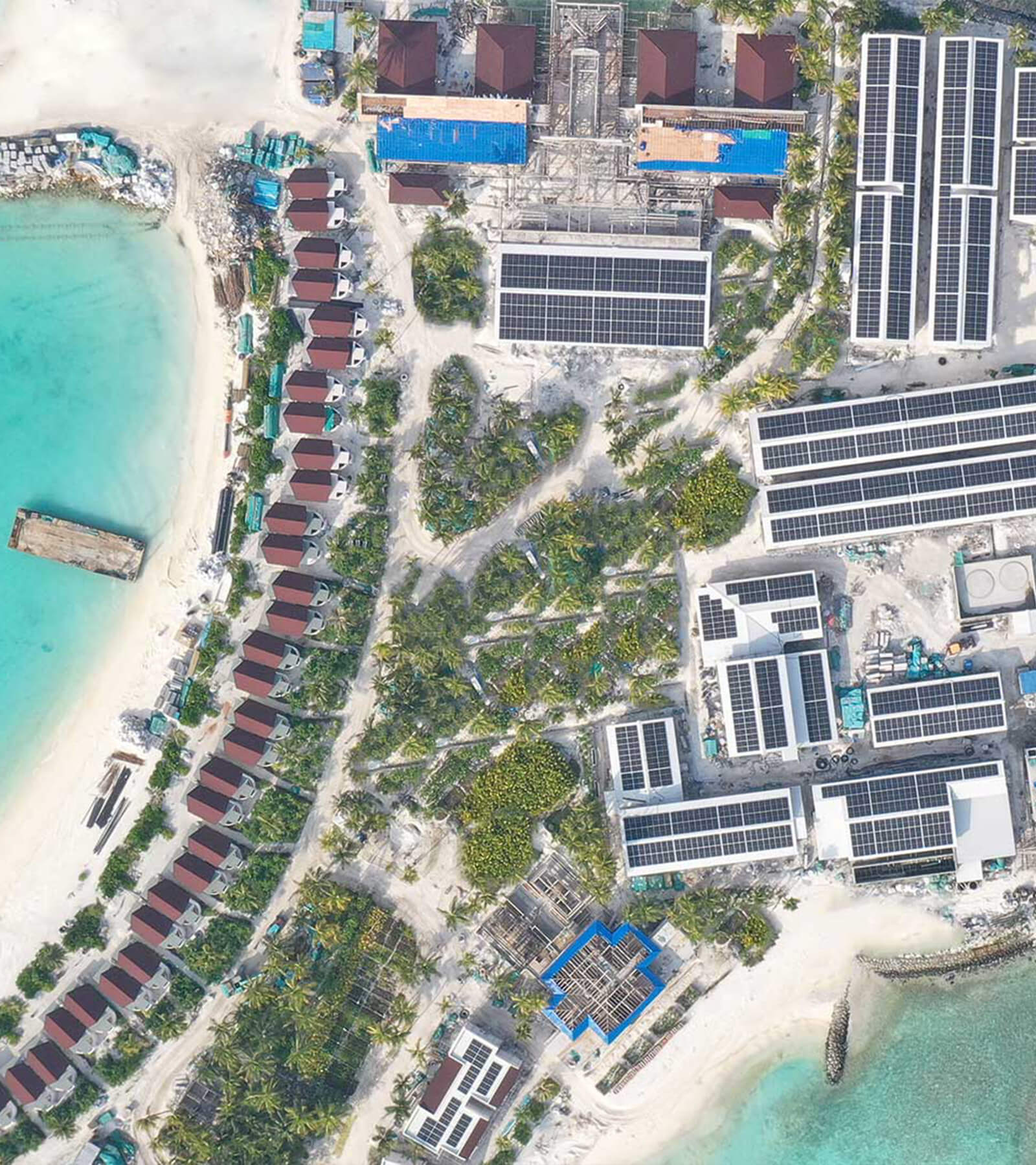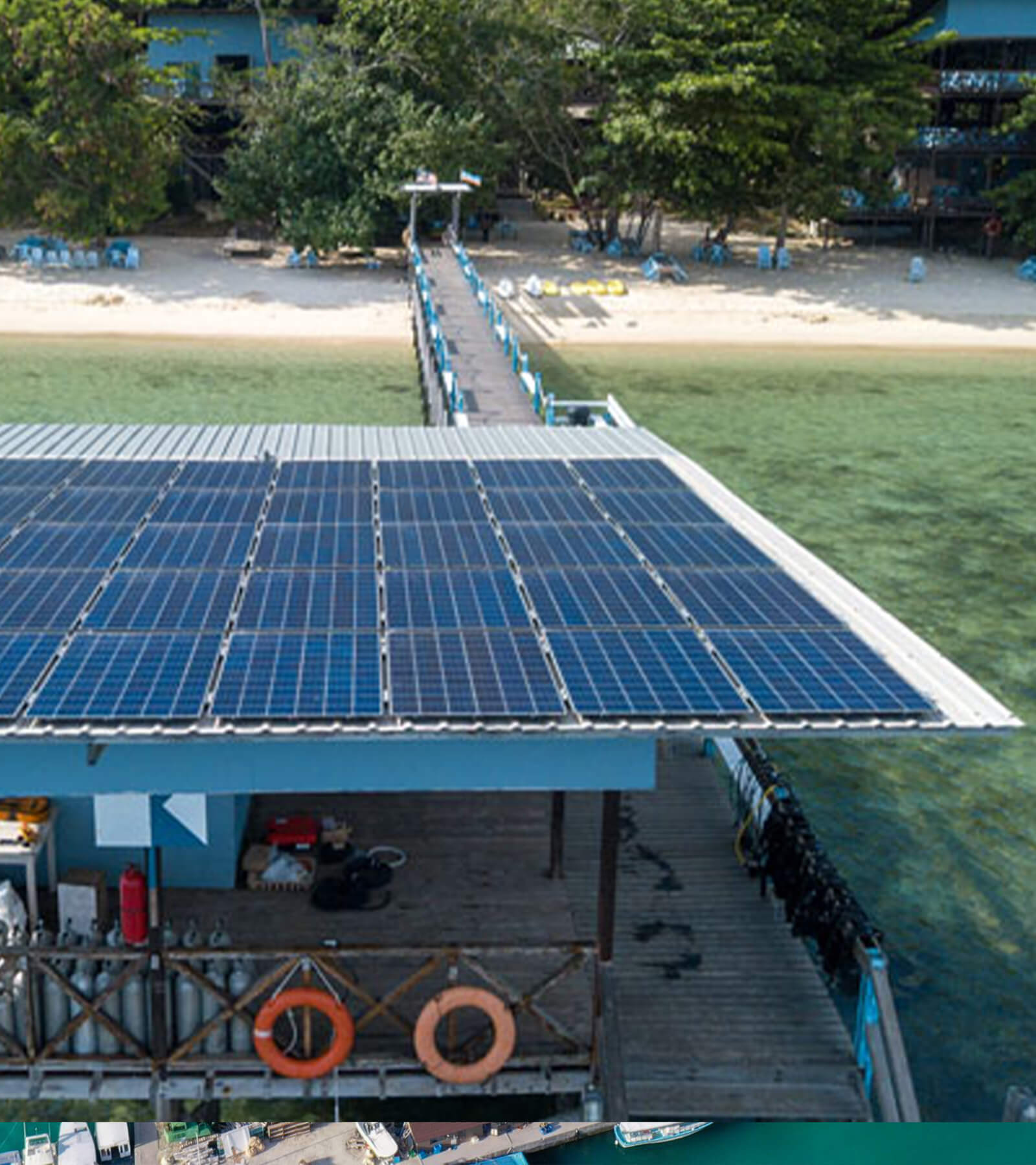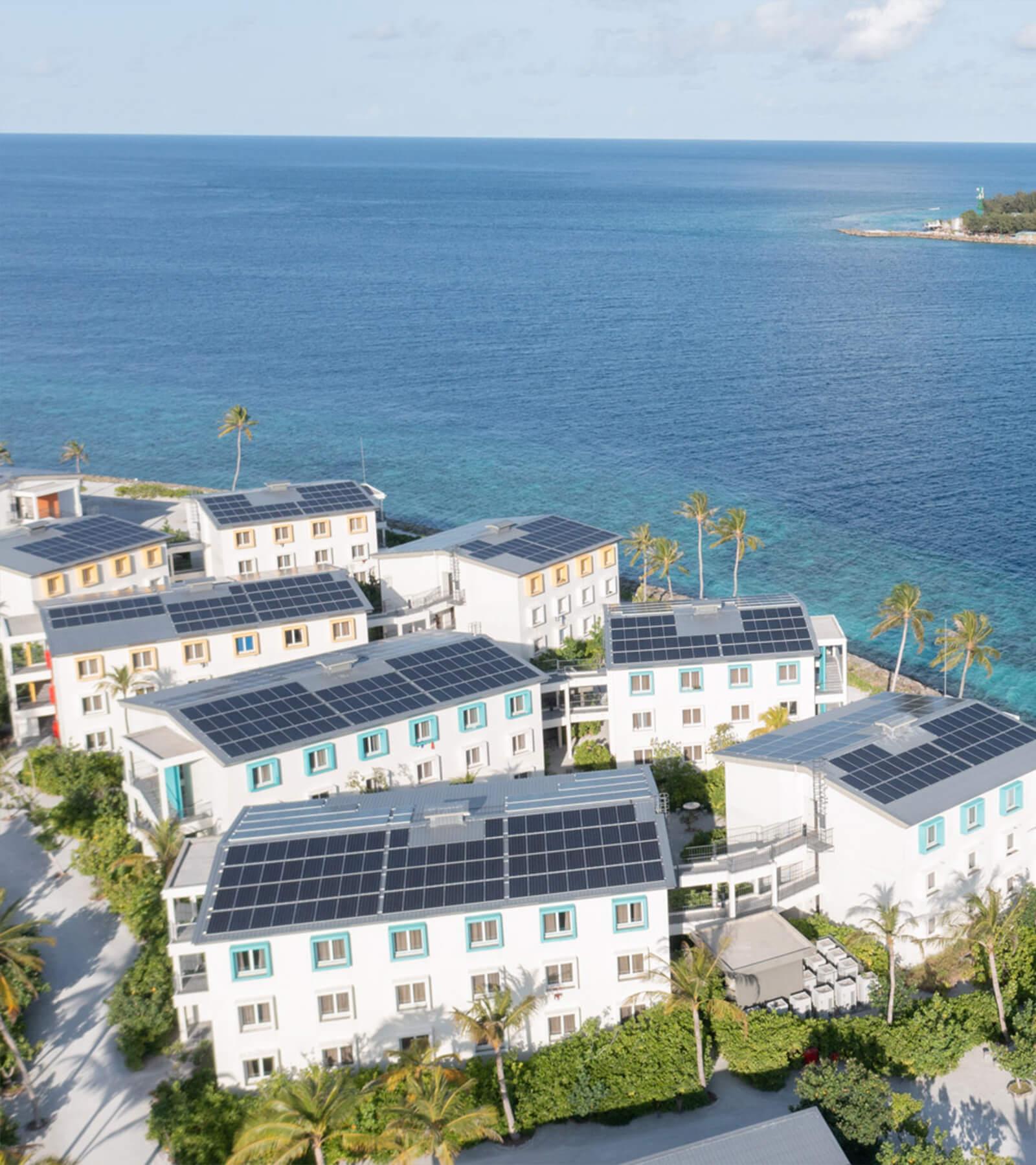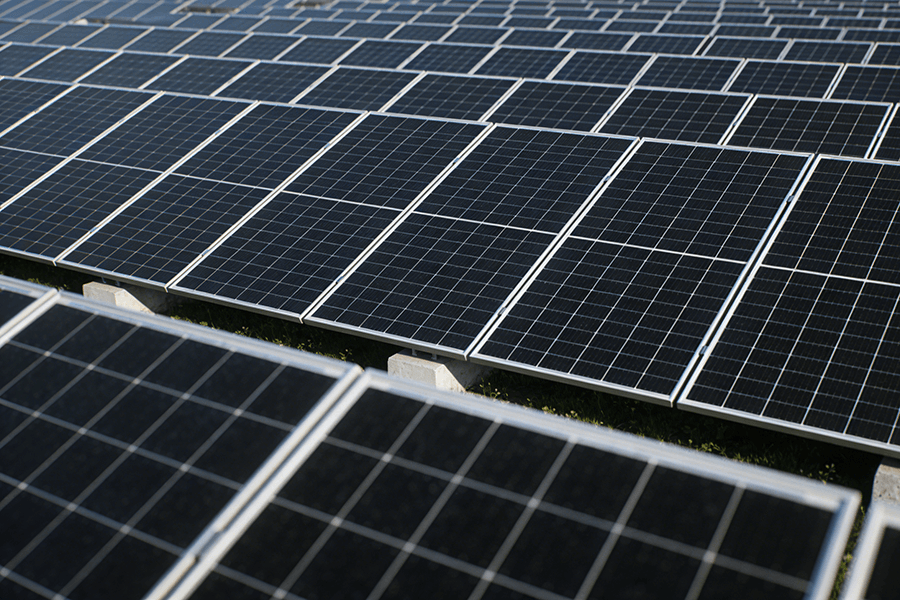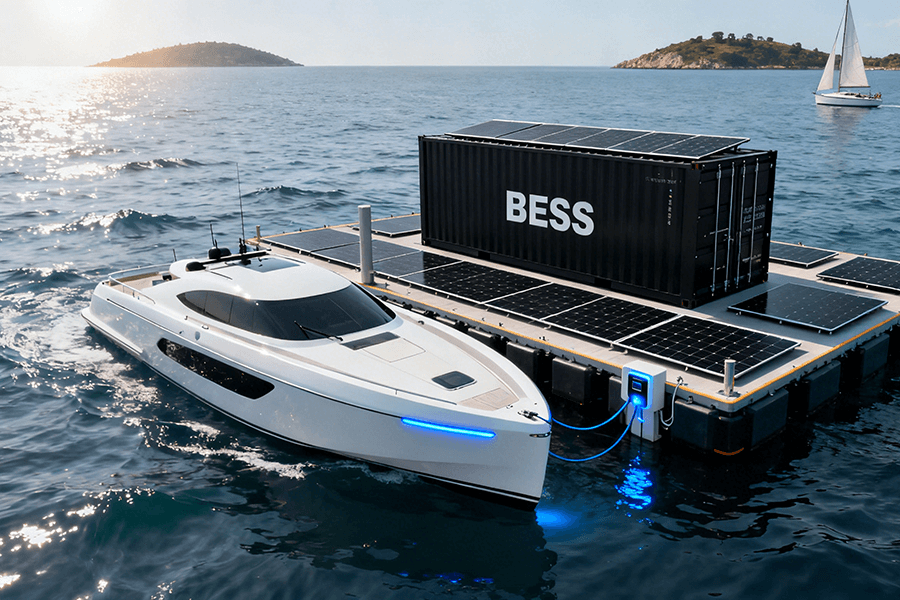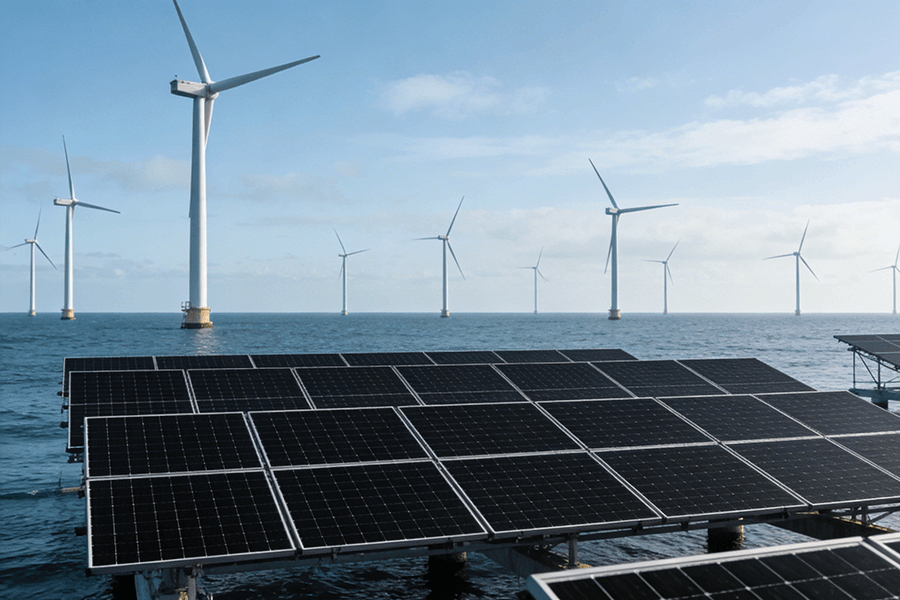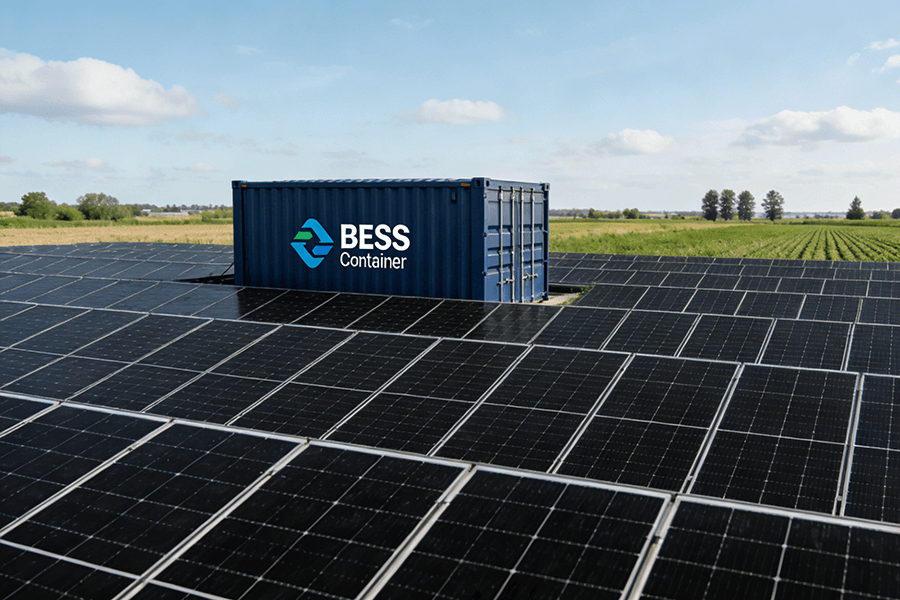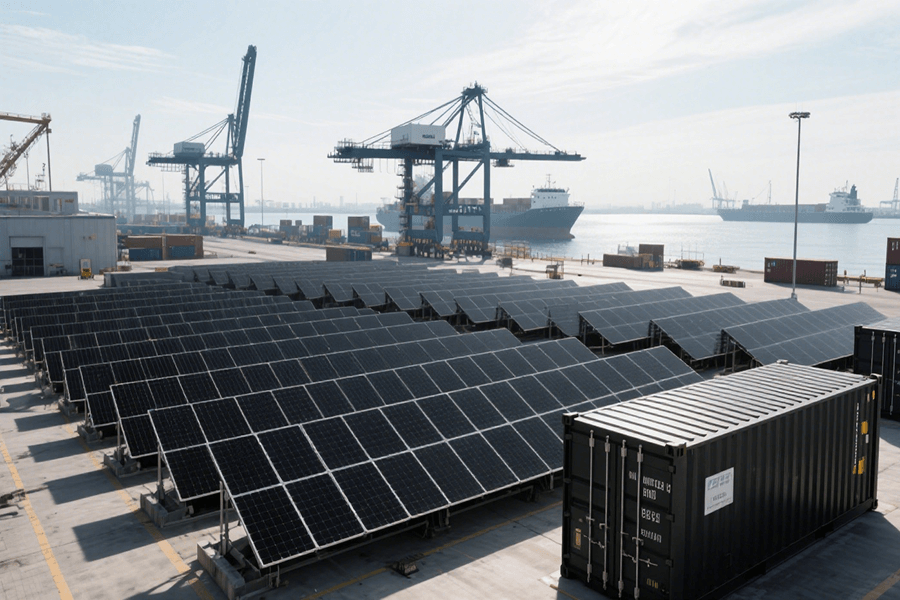
Picture this: By 2030, European ports won’t just be bustling hubs of trade—they’ll be green powerhouses, and the unsung hero making it all happen? The Port Electrification BESS Container. It’s not just a fancy metal box; it’s the key to ditching diesel and hitting the EU’s aggressive decarbonization goals.
The EU’s “Fit for 55” package isn’t messing around. This comprehensive climate initiative, launched with the aim of putting the EU on a pathway to climate neutrality by 2050, mandates a 55% cut in greenhouse gas emissions by 2030 (compared to 1990 levels). Ports, those massive gateways where ships guzzle diesel like it’s going out of style, are front and center in this decarbonization effort.
To truly grasp the scale of the challenge and the impact of BESS Containers, consider the following comparison table:
| Emission Source | Annual CO₂ Emissions |
|---|---|
| Single car | ~4.7 tons |
| Rotterdam BESS Container project | 8,400 tons reduction |
| 1,800 cars | ~8,460 tons |
Take Rotterdam, Europe’s busiest port: Its 20MWh BESS Container project isn’t just a tech demo. It’s a carbon – slashing machine, set to eliminate 8,400 tons of CO₂ yearly. To put that in perspective, that’s like yanking 1,800 cars off the road… but for ships. No more idling diesel engines at berth—this container’s got the port’s back. This revolutionary solution not only helps meet regulatory requirements but also paves the way for a sustainable future for maritime transport in Europe.
Core Analysis 1: Shore Power Integration—BESS Containers as Grid Guardians
Shore power, commonly known as “cold ironing,” appears as an elegant solution on paper. By connecting ships to land – based electricity grids, it effectively eliminates the need for polluting diesel generators, promising a significant reduction in emissions and noise pollution. However, the reality is more complex and challenging.
When a massive container ship links up to the shore power grid, the power consumption is equivalent to 10,000 households simultaneously running their air conditioning units at full blast. This sudden and substantial surge in demand can send shockwaves through the electrical infrastructure. It has the potential to trigger grid instability, voltage fluctuations, and potential outages, putting a strain on the existing power supply system.
The difficulties are further compounded at ports handling refrigerated containers, or “reefers.” These vessels are equipped with thousands of energy – intensive refrigeration units that require continuous power to maintain optimal temperatures for perishable goods. When a fleet of reefer ships power up their compressors simultaneously, it can result in a staggering 25 MW spike in electricity demand. Such a rapid increase in load is not only extremely difficult to manage but can also overwhelm the grid capacity, leading to system failures and potential damage to the electrical infrastructure.
This is where Battery Energy Storage System (BESS) containers emerge as game – changers in the realm of port electrification. Acting as intelligent buffers between ships and the grid, BESS containers play a crucial and multifaceted role in stabilizing power fluctuations. These high – tech storage units operate through a strategic two – step process:
1. Off – Peak Charging
During periods of low electricity demand, typically at night or on weekends when the grid is less stressed, BESS containers draw power from the grid at lower, more cost – effective rates. This off – peak charging phase allows them to store electricity efficiently. By taking advantage of reduced energy prices during these times, ports can not only save on operational costs but also minimize the strain on the grid, ensuring a more balanced distribution of power.
2. Peak – Load Discharge
When a sudden influx of power demand occurs, such as when multiple reefer ships connect to shore power simultaneously, BESS containers step in as the first line of defense. They release the stored energy precisely when needed, supplementing the grid’s power supply and preventing demand spikes from causing disruptions. This seamless transfer of power ensures a stable and continuous energy supply to the ships, safeguarding against blackouts, grid failures, and potential losses due to interrupted refrigeration for reefer cargo.
In summary, BESS containers represent a vital and innovative solution in the journey towards port electrification. By effectively addressing the unique challenges associated with shore power implementation, they enable ports to make a significant transition away from diesel – dependent operations. This not only contributes to a cleaner environment by reducing emissions but also paves the way for a more sustainable, reliable, and cost – efficient future for maritime logistics.
Core Analysis 2: Cost Savings—BESS Containers That Pay for Themselves
Let’s talk money. Antwerp’s BESS – equipped terminals aren’t just saving the planet—they’re also delivering significant financial savings. In fact, they’re saving €2.3 million a year in fuel costs, a figure that underscores the tangible economic benefits of embracing battery – energy storage systems (BESS) in maritime operations. But how exactly do these BESS containers achieve such remarkable savings? The answer lies in their dual – function approach as both peak demand mitigators and energy recyclers, making them the ultimate cost – savers in the energy world.
1. Crushing Peak Demand Fees
Utilities often implement dynamic pricing strategies, significantly increasing electricity prices during peak demand periods when power consumption surges across the grid. During these critical hours—usually mid – afternoon on weekdays or hot summer evenings—electricity rates can spike by up to 300%, creating a financial headache for energy – intensive operations like ports.
This is where BESS containers shine. Instead of succumbing to the inflated costs associated with peak – hour electricity consumption, these intelligent containers leverage their stored energy reserves. Equipped with advanced management software, BESS units can predict peak demand periods with high accuracy, charging their batteries during off – peak hours when electricity is cheaper. By discharging the pre – stored power during peak hours, they reduce the port’s reliance on the grid, effectively bypassing the steep utility charges and slashing a substantial portion of the overall energy bill.
In Antwerp, for instance, this strategy has led to a 40% reduction in peak – hour electricity expenditure at BESS – integrated terminals, translating to millions in annual savings.
2. Masterful Energy Recycling
The operations within a port are a hub of mechanical activity, and this motion can be harnessed to generate energy. Take the giant port cranes, for example. When these cranes lower a container, they produce “regenerative energy”—essentially, a form of free electricity generated as a byproduct of the mechanical process.
BESS containers are designed with advanced energy capture systems that excel at collecting this regenerative energy. These systems feature:
- High – efficiency converters: Capable of converting up to 95% of mechanical energy into electrical power
- Intelligent storage algorithms: Optimizing battery charging and discharging cycles to maximize energy retention
- Redundant safety features: Ensuring the secure storage and distribution of captured energy
Once captured, the energy is stored efficiently within the container’s battery banks, ready to power the next lifting operation. This closed – loop system ensures that no energy is wasted, eliminating the need for additional power purchases and translating into pure savings. In some cases, ports have reported a 25% reduction in overall energy consumption thanks to this recycling mechanism, further bolstering their bottom line.
In summary, through these two key mechanisms, BESS containers not only contribute to a more sustainable port operation but also deliver substantial financial benefits, proving that going green can indeed be a profitable venture. This financial – environmental win – win is why more European maritime hubs are following Antwerp’s lead, investing in BESS technology to cut diesel dependency and drive long – term economic viability.
Case Study: 2025 Greek Port Project—Island Hoppers Go Green
In 2025, a small Greek port achieved a significant milestone, transforming its ferry fleet into a shining example of renewable energy implementation, all made possible by a 10 MWh Battery Energy Storage System (BESS) Container.
Previously, ferries traveling between the Greek islands were notorious for their high diesel consumption, emitting harmful fumes into the pristine Aegean sky. The environmental impact was undeniable: each ferry contributed to air pollution and exacerbated the region’s carbon footprint. The diesel engines, chugging away, not only polluted the air but also created a constant, intrusive noise that marred the tranquility of the otherwise idyllic maritime setting.
However, the introduction of the BESS container marked a turning point. This innovative solution capitalizes on Greece’s abundant solar and wind resources. During the day, when the sun is shining brightly and the winds are blowing steadily, the BESS container’s state-of-the-art energy capture technology efficiently harnesses and stores renewable energy. Its advanced monitoring systems ensure optimal energy storage, adjusting to the varying intensities of sunlight and wind speeds throughout the day.
When the ferries return to port, the stored energy is seamlessly transferred, powering them entirely on clean, renewable sources. This transition has not only eliminated diesel usage but also eradicated emissions, resulting in a quieter, more sustainable maritime operation. The once-noisy docks now hum with the near-silent operation of electric ferries, and the air around the port is cleaner, making it a more pleasant environment for both residents and visitors alike.
| Metric | Before BESS | After BESS |
|---|---|---|
| Diesel Consumption | High | None |
| Emissions | Significant | Zero |
| Energy Source | Fossil Fuel | 100% Renewables |
This achievement serves as a powerful testament that even smaller ports can play a crucial role in the global effort towards decarbonization. It demonstrates that with the right technology and commitment, maritime hubs can make a substantial impact on reducing their environmental footprint and contributing to a more sustainable future.
Conclusion: BESS Containers—The Future of Maritime Sustainability
BESS containers aren’t just a fleeting trend—they represent a seismic, game – changing shift in the maritime industry. These innovative, cutting – edge energy storage solutions empower ports to simultaneously achieve their ambitious, far – reaching emissions reduction targets and significantly enhance their bottom line, demonstrating that sustainability and profitability can indeed go hand in hand, creating a win – win scenario.
Take Rotterdam, for example, a global maritime powerhouse. There, a massive 20MWh BESS container has been deployed, completely revolutionizing the port’s energy landscape and setting a new benchmark for sustainable operations. In Greece, BESS containers are quietly but powerfully serving as the unsung heroes of island – hopping operations, consistently providing reliable and clean energy to remote, hard – to – reach locations, breathing new life into maritime connectivity. Across Europe, these containers are radically rewriting the rules of maritime energy, offering a viable, future – proof, and environmentally friendly alternative to traditional diesel – powered systems.
At Maxbo Solar, we don’t just observe this energy revolution from the sidelines—we’re actively at the forefront, driving innovation with unwavering determination and setting new, industry – leading standards. Our BESS containers are meticulously engineered to withstand the unforgiving, harsh marine environment, boasting:
- Weatherproof Design: Built to endure extreme weather conditions, from saltwater corrosion to intense sunlight.
- Hyper – Efficiency: Advanced battery management systems optimize energy storage and retrieval, maximizing performance.
- Versatility: Capable of handling a wide range of applications, including peak shaving, energy recycling, and backup power.
Whether you’re looking to reduce your port’s carbon footprint, lower operational costs, or ensure uninterrupted power supply, our BESS containers offer a comprehensive solution tailored to your specific needs.
Curious how Maxbo Solar can help your port transition to a greener future? Visit us at www.maxbo – solar.com to learn more about our cutting – edge BESS container solutions. Let’s work together to transform your diesel – dependent port into a shining example of sustainability. The future of ports is electric, and Maxbo Solar is here to power that transformation.

